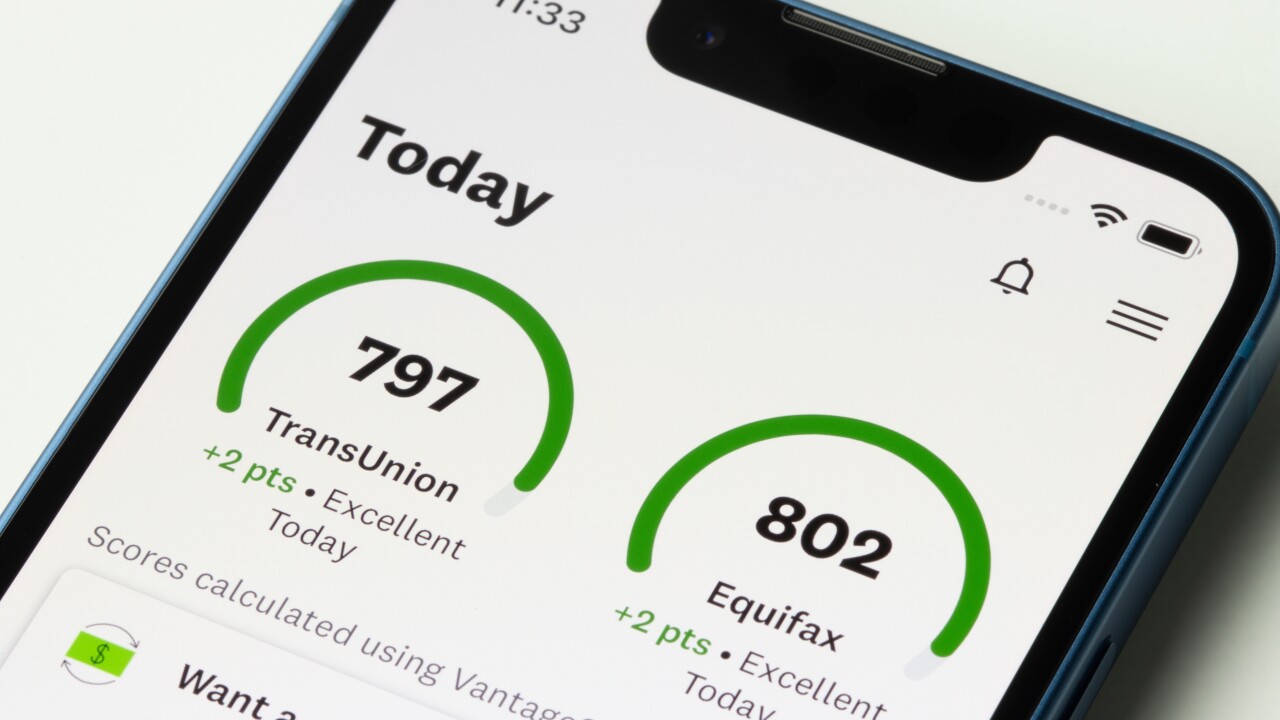Federal Reserve officials signaled their aggressive campaign to curb inflation could be entering its final phase even as they delivered their fourth straight 75 basis-point interest-rate increase.
While central bankers said that "ongoing increases" will still likely be needed to bring rates to a level that are "sufficiently restrictive to return inflation to 2% over time," they added fresh language to their statement after a two-day meeting in Washington.
"The pace of future increases" in borrowing costs would take into account the cumulative tightening of monetary policy, the lag with which works and developments in the economy and finance, they said.
The addition will spur speculation that Chair Jerome Powell and colleagues will slow the pace of rate increases with many Wall Street economists anticipating they will downshift to a 50 basis-point increase when they next gather in December.
In financial markets, swaps traders cut the amount of pricing in for the December meeting and pushed where they see the peak rate for the cycle to below 5% from around 5.05% earlier Wednesday.
Yields on two-year Treasuries plunged, while the S&P 500 index rallied and the dollar index slid.
The new commentary by the Federal Open Market Committee comes amid still-strong readings on inflation and jobs, even as sectors like housing and manufacturing have slowed substantially.
The Fed's unanimous decision lifted the target for the benchmark federal funds rate to a range of 3.75% to 4%, its highest level since 2008.
Officials, fighting to curb inflation running near a 40-year high, gathered days before midterm US congressional elections in which anger over price pressures has been a dominant theme.
The outcome of the Nov. 8 vote could cost President Joe Biden's Democrats control of Congress, and some prominent lawmakers in his party have started to publicly urge the Fed to show restraint. Powell, for his part, has tried to keep the central bank out of the political fray.
Officials, as expected, said they will continue to reduce their holdings of Treasuries and mortgage-backed securities as planned — a pace amounting to about $1.1 trillion a year.
The higher rates go, the harder the Fed's job becomes. Having been criticized for missing the stubbornness of the inflation surge, officials know that monetary policy works with a lag and that the tighter it becomes the more it not only slows inflation, but economic growth and hiring too.
Fed forecasts in September implied a 50 basis points move in December, according to the median projection. Those projections showed rates reaching 4.4% this year and 4.6% next year, before cuts in 2024.
Additional Data
No fresh estimates were released at this meeting and they won't be updated again until officials gather Dec. 13-14, when they will have two more months of data on employment and consumer inflation in hand.
Economists
Investors saw a similar path: Pricing in financial futures markets earlier on Wednesday was split between a 50 and 75 basis-point increase in December, with rates peaking slightly above 5% during 2023.
The Fed's most forceful tightening campaign since the 1980s is beginning to cool some parts of the economy, particularly in housing. But policymakers have yet to see meaningful progress on inflation.
Nor has there been a significant loosening in the job market, with unemployment in September matching a half-century low of 3.5%.
Employer demand for workers has also remained strong, with 1.9 job vacancies for every unemployed person in America, according to Labor Department data Tuesday.





